Dachshunds, with their distinctive long bodies and short legs, have captured the hearts of dog lovers worldwide. The term “dachshund” originates from the German words “dachs” (badger) and “hund” (dog), perfectly encapsulating the breed’s original purpose. This article will explore the Dachshund history, development, and cultural impact of this unique breed, shedding light on why dachshunds continue to be one of the most popular dog breeds today.
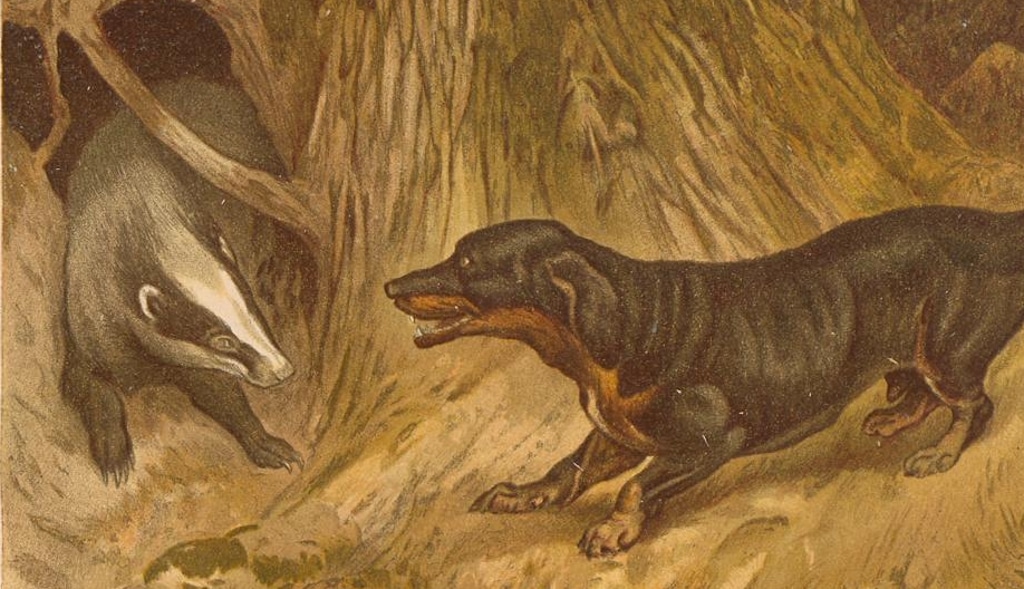
Dachshund history
The dachshund’s journey from a specialized hunting dog to a beloved pet is a testament to the breed’s adaptability and charm.
A. Origin of the Dachshund
Dachshunds were first bred in Germany during the 15th century, specifically designed to hunt badgers and other burrowing animals.
B. Breed sizes, coat types and colours
Dachshunds come in a variety of sizes, coat types, and colors, each developed for specific hunting purposes:
| Size | Coat Type | Common Colors |
|---|---|---|
| Standard | Smooth | Red, Black and Tan, Chocolate |
| Miniature | Long-haired | Cream, Wild Boar, Brindle |
| Toy (rare) | Wire-haired | Dapple, Piebald, Sable |
C. Temperament of dachshunds
Dachshunds are known for their:
- Bravery and tenacity
- Intelligence and sometimes stubbornness
- Loyal and affectionate nature
- Playful and sometimes mischievous behavior
D. Size variations: standard and miniature dachshunds
The breed was developed in two main sizes to tackle different prey:
- Standard dachshunds: for badgers and wild boar
- Miniature dachshunds: for smaller prey like rabbits
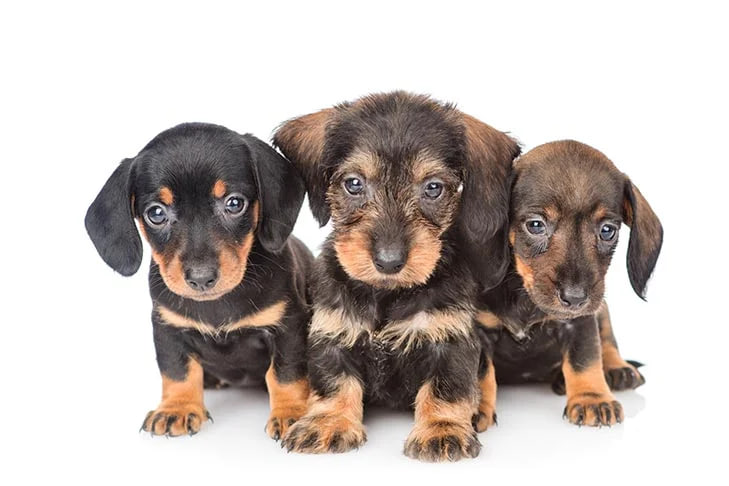
dachshund history
Dachshunds as Hunting Dogs
A. Specific hunting roles and techniques
Dachshunds were expertly bred to excel in underground hunting, using their keen sense of smell and fearless nature to pursue prey into their dens.
B. Physical adaptations for hunting
Key physical traits that make dachshunds excellent hunters include:
- Long, low bodies for easy den access
- Powerful legs for digging
- Loud, deep bark to alert hunters
- Strong jaws for capturing prey
C. Comparison with other hunting breeds
While terriers are also known for their earth-dog capabilities, dachshunds stand out due to their unique body shape and versatility in hunting various prey sizes.
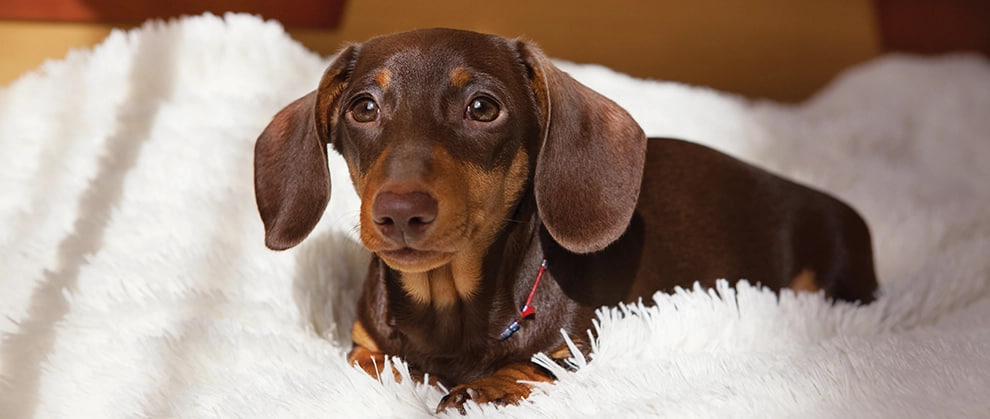
Dachshund Breed Recognition and Standardization
A. Early breed clubs and registries
The first Dachshund Club was founded in England in 1881, followed by the establishment of breed standards in Germany.
B. Evolution of breed standards over time
Breed standards have evolved to emphasize the dachshund’s unique proportions while addressing health concerns related to their elongated spine.
C. International recognition and popularity
Dachshunds gained international recognition in the late 19th century and have consistently ranked among the top 10 most popular breeds in many countries.
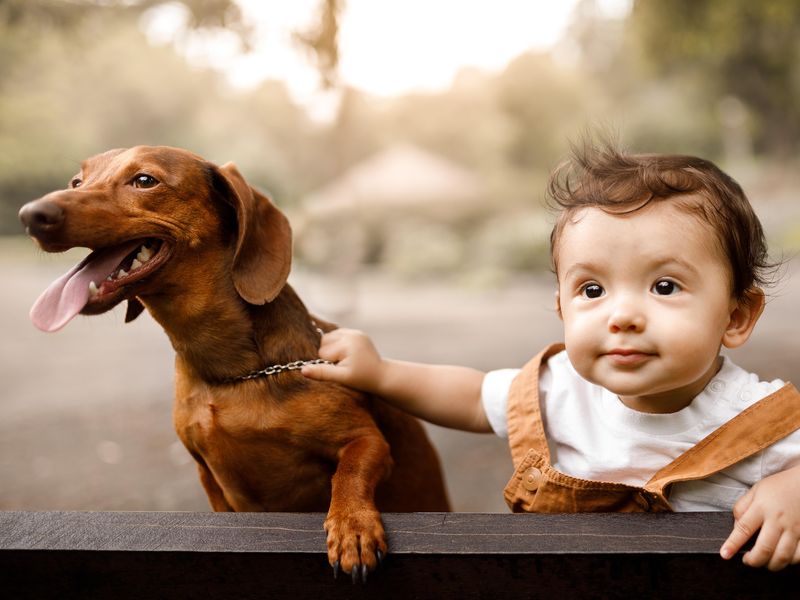
Dachshunds in Popular Culture and as Companions
A. Transition from working dogs to pets
Originally bred in Germany to hunt badgers, dachshunds were highly valued for their determination and ability to track prey. However, over time, their roles evolved as they transitioned from working dogs to beloved family pets. This shift was largely due to their charming personality and adaptability to various living situations. Their loyalty, intelligence, and affectionate nature endeared them to families seeking a devoted companion rather than a hunting partner.
B. Famous dachshunds throughout history
- Pablo Picasso’s Lump: Picasso, the renowned artist, was captivated by Lump, his beloved dachshund. Lump became a frequent subject in Picasso’s paintings and sketches, showcasing the bond between artist and pet.
- Queen Victoria’s Boy: Queen Victoria of England played a pivotal role in popularizing the dachshund breed in the 19th century. Her own dachshund, named Boy, accompanied her frequently, which significantly boosted the breed’s popularity among the British elite and public alike.
- Andy Warhol’s Archie: Andy Warhol, the iconic pop artist, had a dachshund named Archie who became a fixture in his life and work. Archie often appeared in Warhol’s photographs and was even the subject of several portraits, highlighting the dachshund’s influence in the realm of art and culture.
C. The “sausage dog” nickname and its origins
The endearing nickname “sausage dog” emerged from the dachshund’s elongated body shape, which resembles a sausage or hot dog. This playful moniker perfectly captures their unique physical characteristics and has contributed to their widespread popularity and affection among dog lovers worldwide.
In summary, dachshunds have transcended their origins as hunting dogs to become cherished companions and cultural icons. Their presence in art, literature, and daily life reflects their enduring appeal and the special place they hold in the hearts of their owners and admirers.
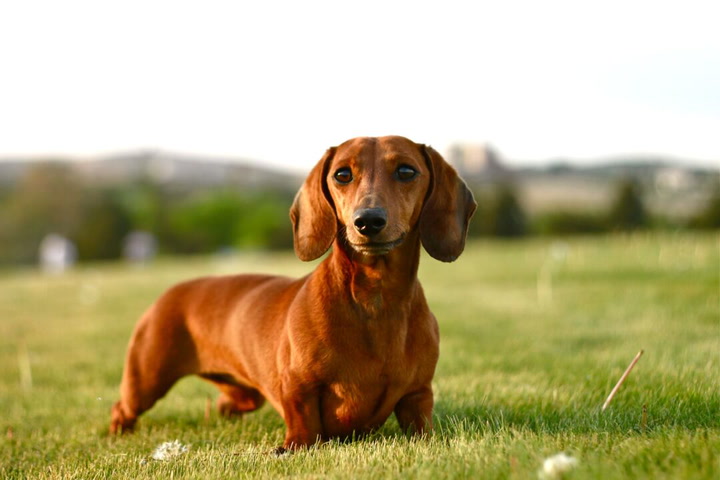
Modern Dachshund Breeding and Health
Current breed standards and variations
Modern breeding of dachshunds adheres to established breed standards that emphasize their distinctive features: a long body, short legs, and an alert, intelligent expression. These standards vary slightly depending on the dachshund’s coat type-smooth-haired, long-haired, or wire-haired-all of which require specific grooming and care. Breeders focus not only on maintaining these physical traits but also on temperament, aiming for a friendly, curious, and confident demeanor.
Health concerns related to breed history
Despite their popularity and charm, dachshunds are predisposed to several health issues, primarily due to their unique body shape:
- Intervertebral Disc Disease (IVDD): This is a significant concern for dachshunds due to their long spine and short legs. IVDD occurs when the discs between the vertebrae degenerate or herniate, leading to back pain, hind limb paralysis, and in severe cases, loss of bladder and bowel control.
- Patellar Luxation: Dachshunds can also experience patellar luxation, where the kneecap dislocates from its normal position, causing lameness and discomfort.
- Eye Problems: Issues such as progressive retinal atrophy (PRA), cataracts, and glaucoma are also prevalent in dachshunds, requiring regular veterinary monitoring and sometimes surgical intervention.
Efforts to preserve original breed characteristics
Responsible breeders play a critical role in preserving the dachshund’s unique traits while addressing health challenges through several methods:
- Health Screening: Before breeding, reputable breeders conduct health screenings, including X-rays to assess spinal health and eye examinations to detect potential issues early.
- Selective Breeding: By carefully selecting breeding pairs based on health, temperament, and conformity to breed standards, breeders aim to reduce the incidence of inherited diseases while maintaining desirable traits.
- Education and Awareness: Breed clubs and organizations educate owners and breeders about the importance of health testing, responsible breeding practices, and proper care for dachshunds.
In conclusion, while dachshunds continue to be cherished for their distinctive appearance and endearing personalities, efforts in modern breeding focus on mitigating health risks associated with their unique body structure. Through responsible breeding practices and ongoing research, the goal is to ensure that dachshunds remain healthy, happy companions for years to come, while preserving their iconic characteristics.

FAQs
Q : What do dachshunds hunt?
A : What do dachshunds hunt ? is a question of many people who are planning to raise a dachshund. Dachshunds were bred to hunt a variety of small game, but their primary target was badgers. Their low, elongated bodies and tenacious nature made them well-suited for digging into burrows and confronting their quarry.
Q : How long do dachshunds live?
A : The average Dachshund lifespan ranges from 12 to 16 years. Factors such as genetics, diet, exercise, and healthcare all contribute to determining how long a dachshund may live.
Q : Why are dachshunds so long?
A : The answer to the question ” Why are dachshunds so long? ” is : Dachshunds have a long body shape, which is a result of selective breeding for their hunting ability. This elongated form allowed them to enter burrows easily and pursue prey deep underground, such as badgers, rabbits, and foxes.
Q : How much do dachshund dogs cost?
A : How much do dachshund dogs cost? The price of dachshund dogs can vary widely depending on factors such as pedigree, coat type (smooth, long-haired, wire-haired), breeder reputation, and geographic location. On average, prices typically range from a few hundred to a few thousand dollars for a dachshund puppy.

Conclusion
From their origins as fearless hunters to their status as beloved companions, dachshunds have left an indelible mark on Dachshund history .
Today, dachshunds continue to charm owners with their vivacious personalities and adaptability to various lifestyles.
As we look to the future, the dachshund’s popularity shows no signs of waning, with ongoing efforts to ensure the breed’s health and vitality for generations to come.
In conclusion, the dachshund’s journey from specialized hunter to cherished pet is a fascinating tale of adaptation and enduring appeal. As a veterinary professional, I continue to be impressed by the breed’s resilience and charm, and I look forward to seeing how these remarkable dogs will continue to evolve and capture hearts worldwide.
For more expert care tips and the latest in canine health research, explore our homepage – your go-to resource for all things Dachshund-related.

Cuddle Companions is your go-to resource for everything you need to keep your furry friends happy and healthy. We specialize in providing detailed and helpful information about the best foods, treats, and care practices for pets of all kinds. Whether you’re a seasoned pet owner or a new puppy parent, our team of experienced and passionate experts is dedicated to offering reliable advice and recommendations. At Cuddle Companions, we believe that a well-cared-for pet is a happy pet, and we’re here to help you every step of the way. Visit us at [bestdogfoodfordachshunds.net] for more information and resources.

